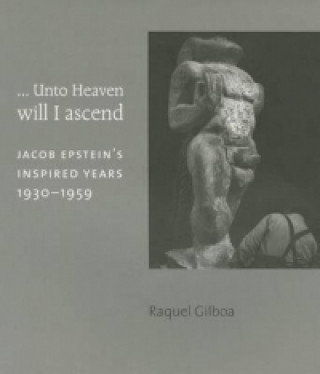
Code: 05027654
... Unto Heaven Will I Ascend
by Raquel Gilboa
As an American living in England, a conscious Jew who utilized Christian symbols, a skillful modeler who introduced direct carving into England, and a modernist who eventually came to dislike abstraction for its own sake, Epstein ... more
- Language:
 English
English - Binding: Paperback
- Number of pages: 220
Publisher: Paul Holberton Publishing Ltd, 2013
- More about this

You might also like
-
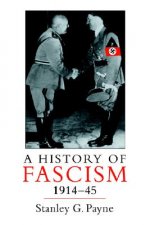
History of Fascism, 1914-1945
270.37 zł -

My Answer is No . . . If That's Okay with You
77.76 zł -1 %
Give this book as a present today
- Order book and choose Gift Order.
- We will send you book gift voucher at once. You can give it out to anyone.
- Book will be send to donee, nothing more to care about.
More about ... Unto Heaven Will I Ascend
You get 79 loyalty points
 Book synopsis
Book synopsis
As an American living in England, a conscious Jew who utilized Christian symbols, a skillful modeler who introduced direct carving into England, and a modernist who eventually came to dislike abstraction for its own sake, Epstein did not fit neatly into the artistic categories of his time. Apart from his still widely admired naturalistic bronze portraits, Epstein s oeuvre remains poorly understood and his reputation is dominated by his famous Rock Drill from before World War I. As this book shows, Epstein remained an avant-garde artist throughout his life, even if he ignored modernist dogma as well as man-in-the-street prudery. Gilboa s text reveals the man in all his genius, interpreting many works in the light of Epstein s personal circumstances.In an atmosphere of polarized attitudes to art and polite anti-Semitism at the end of the 1920s growing rather less polite thereafter, the outsider Jew Epstein deliberately became estranged from London s art world. He responded to society s attitude towards him in a series of bold projects the monumental Genesis (1930) and Primeval Gods (1931 32); the smaller carvings Chimera and Elemental (1932); Behold the Man (1934 35); Consummatum Est (1938 39); Adam (1938) and Jacob and the Angel (1940); the bronze Lucifer (1944 45) and again a carving, Lazarus (1947). One cannot ignore the symbolic names of these sculptures. The discussion in this book will reveal that in each case the name has a definite relation to the sculpture s theme and essence, as well as to the personal concerns of the sculptor.Almost all of these sculptures that Epstein produced from the 1930s aroused a public outcry, causing one critic to state that a new carving by Mr. Epstein good, bad or indifferent can still steal the headlines when criminal assault, private or political, is out of season . It was only during the 1950s, following the trauma and emotional shock of World War II, that new requirements for the expression of ideas and emotions rather than for mere forms with which to play renewed the demand for an Epstein and his kind of content sculpture, mainly in public commissions. Epstein, by then in his seventies, was flooded with work, and his sculpture which employed Christian imagery to convey universal ideas of consolation and hope to a war-weary England became newly relevant, gaining him the status of grand old master of English sculpture.
 Book details
Book details
Book category Books in English The arts Art forms Non-graphic art forms
136.29 zł
- Full title: ... Unto Heaven Will I Ascend
- Author: Raquel Gilboa
- Language:
 English
English - Binding: Paperback
- Number of pages: 220
- EAN: 9781907372490
- ISBN: 1907372490
- ID: 05027654
- Publisher: Paul Holberton Publishing Ltd
- Weight: 1224 g
- Dimensions: 282 × 243 × 22 mm
- Date of publishing: 19. July 2013
Trending among others
-

Final Fantasy Vii Remake: Material Ultimania
152.41 zł -13 % -

World Of Cyberpunk 2077
152.41 zł -13 % -

The Complete Art Of Guild Wars
152.41 zł -13 % -

Legend Of Zelda, The: Breath Of The Wild - Creating A Champion
189.18 zł -13 % -
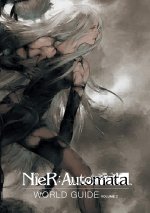
Nier: Automata World Guide Volume 2
163.08 zł -6 % -

World Of Tom Clancy's The Division
148.18 zł -14 % -

Final Fantasy Vii Remake: World Preview
99.72 zł -11 % -

BoJack Horseman: The Art Before the Horse
163.08 zł -7 % -
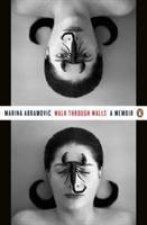
Walk Through Walls
51.87 zł -23 % -

Resident Evil 7: Biohazard Document File
134.58 zł -23 % -

Tanzanite: Born from Lightning
281.05 zł -14 % -
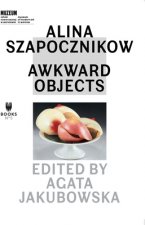
Alina Szapocznikow - Awkward Objects
146.26 zł -
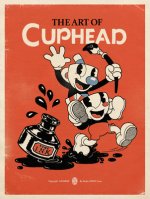
Art Of Cuphead
152.41 zł -13 % -

The Art of Dead Space
145.35 zł -5 % -
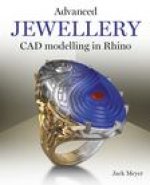
Advanced Jewellery CAD Modelling in Rhino
128.94 zł -14 % -

Art Of Doom: Eternal
152.41 zł -13 % -

Final Fantasy XIV Shadowbringers
152.41 zł -13 % -

Super Mario Encyclopedia
181.82 zł -14 % -
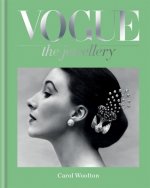
Vogue The Jewellery
158.75 zł -15 % -
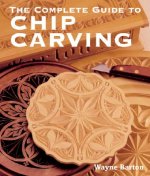
Complete Guide to Chip Carving
80.98 zł -10 % -

Final Fantasy Vii Poster Collection
105.76 zł -4 % -

Castlevania: The Art Of The Animated Series
165.50 zł -5 % -

Art Of Star Wars Jedi: Fallen Order
163.08 zł -6 % -

Legend Of Zelda, The: Art & Artifacts
189.18 zł -13 % -

Gwent: Art Of The Witcher Card Game
112.41 zł -33 % -

Modelling and Sculpting the Human Figure
77.46 zł -5 % -

Art of Assassin's Creed III
118.46 zł -10 % -
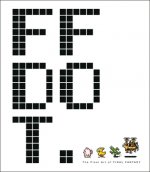
Ff Dot: The Pixel Art Of Final Fantasy
99.72 zł -11 % -

Art Of The Last Of Us Part Ii Deluxe Edition
404.15 zł -
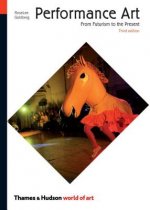
Performance Art
134.88 zł -1 % -
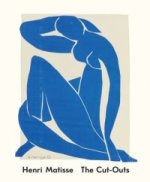
Henri Matisse: The Cut-Outs
139.01 zł -23 % -

Dota 2: The Comic Collection
111.61 zł -23 % -
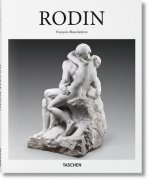
Rodin
54.59 zł -31 % -

Silver Clay Workshop
79.47 zł -23 % -
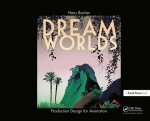
Dream Worlds: Production Design for Animation
255.76 zł -4 % -

Art of Soldering for Jewellery Makers
70.41 zł -23 % -

Art Of Halo Infinite
148.18 zł -14 % -
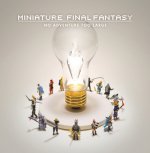
Miniature Final Fantasy
81.18 zł -10 % -
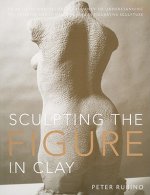
Sculpting the Figure in Clay
128.03 zł -11 % -

21st-Century Jewellery Designers
281.05 zł -14 % -
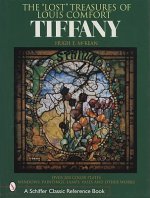
Lt Treasures of Louis Comfort Tiffany: Windows, Paintings, Lamps, Vases, and Other Works
193.61 zł -10 % -

Creating Stylized Characters
151.40 zł -6 % -
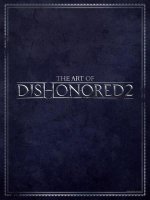
Art Of Dishonored 2
221.61 zł -23 % -
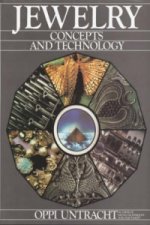
Jewelry Concepts and Technology
415.94 zł -

Art Of Mass Effect: Andromeda
148.18 zł -14 % -

Art of the Japanese Sword
185.35 zł -5 % -

Art Of Super Mario Odyssey
189.18 zł -13 % -

Art Of Star Wars Rebels
165.70 zł -4 % -

Polishing and Finishing for Jewellers and Silversmiths
52.47 zł -15 %
safisfied customers
Since 2008, we have served long line of book lovers, but each of them was always on the first place.
Copyright! ©2008-24 libristo.pl All rights reservedPrivacyPoučení o cookies



 21 million books
21 million books Delivery 12.99 zł
Delivery 12.99 zł (32) 444 93 66 (8-15.30h)
(32) 444 93 66 (8-15.30h)